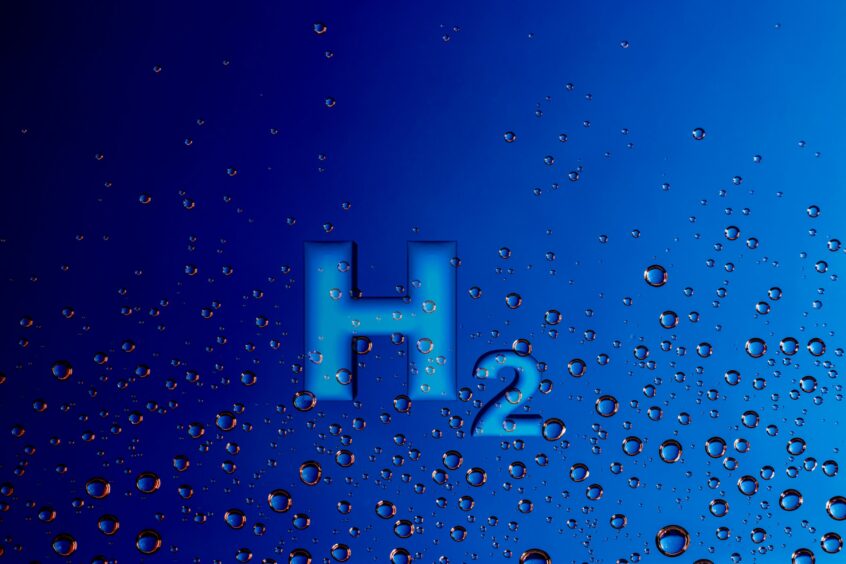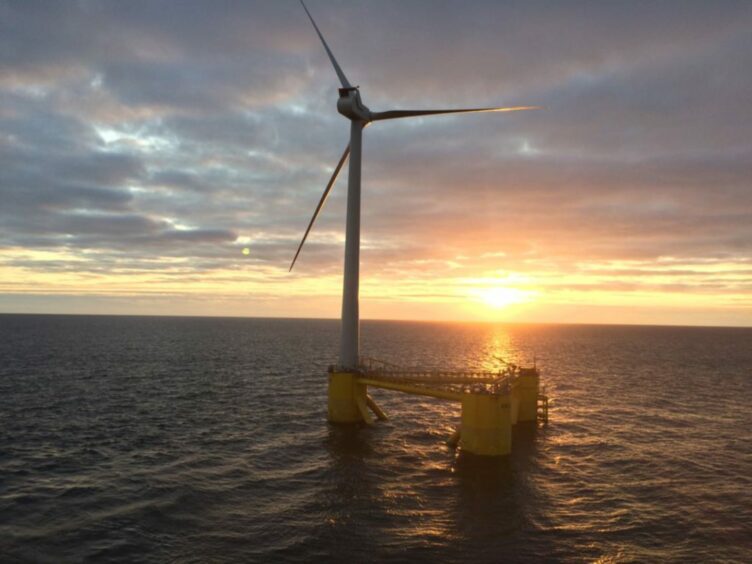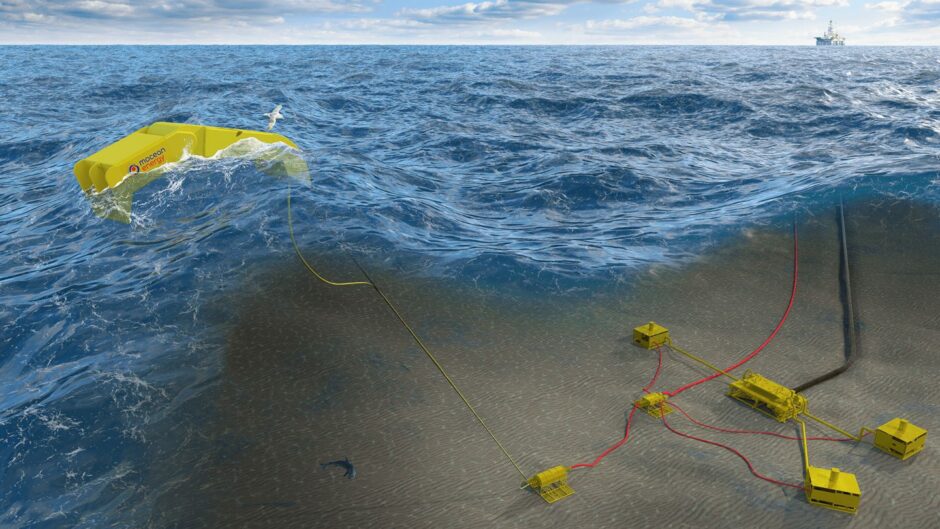We’re at a pivotal point in the energy transition, with ambition established and elevated by the recent publication of the UK Government’s energy security strategy.
Yet world events have shown how precarious energy security is and the huge impact energy price has on the overall cost of living.
So, when we look at the challenge of energy transition we must accept a number of fundamental basics.
It is a transition and we will need fossil fuels for the foreseeable future.
There is no single panacea, and technologies can’t be developed and deployed in isolation.”
Our future energy solution will be integrated, varied and diversified. And if we are to deliver this as net-zero, we need innovative solutions which make the future energy mix affordable as well as clean.
The north-east and North Sea have a huge role to play. With the right mindset, commitment and policies, we can be a power hub for energy diversification; a hub for clean fossil fuels supporting blue and green hydrogen, accelerating floating offshore wind and decarbonising high-carbon intensive industries through cost-effective delivery of carbon sequestration.
Scotland can be global leader
But all studies show that if we are to capitalise on the opportunity, we need to increase the pace of activity and change.
The Net Zero Technology Centre (NZTC) is at the forefront of affordable technology development and deployment.
Projects we are collaborating on with government, industry, academia and other partners will enable Scotland to become a global leader in net-zero technologies; as a manufacturer, designer, installer and operator of the next generation of energy systems.
We are co-investing in critical infrastructure projects such as the development of an energy hub to produce clean energy from a combination of renewable energy sources, including wind, tidal and hydrogen.
Replicable across multiple strategic locations around the UK, these energy hubs will repurpose existing infrastructure and utilise skills, digital infrastructure and the supply chain.
While energy hubs are essential for hydrogen production, affordable transport is fundamental.
We are working on how a hydrogen pipeline network can be established between the proposed energy hubs and national grid, linking ports and other infrastructure.
The Hydrogen Backbone Link project will position Scotland in a leading role for the development of pan-European hydrogen infrastructure.
It will do so by creating export capability, diversifying market opportunities and creating jobs, as pipeline infrastructure is repurposed and optimised on and offshore.
Integrated national plan ‘paramount’
Hydrogen is hailed as a key disrupter to future energy systems. These projects not only help establish Scotland’s hydrogen economy and reach the UK Government’s new goal of 10 gigawatts of low-carbon hydrogen production capacity by 2030, but they also sustain and create good green jobs.
But there is no single panacea, and technologies can’t be developed and deployed in isolation.
An integrated energy vision and national plan is paramount. Adopting a systems approach to energy transition requires thinking about the different forms of power together, instead of first hydrogen and then wind etcetera.
The new integrated energy system is incredibly interlinked. Floating wind needs oil and gas to be built and installed, we need gas or excess wind for hydrogen, and carbon sequestration for blue hydrogen.
We should be reusing existing energy infrastructure to speed up the transition – our new energy mix is interdependent, especially if we want the outputs to be affordable.
The north-east has the drive and capability to make ambition and vision a reality.
I see this every day through the technology developers we support, the projects we’re delivering and the collaborations we form.
More than 1,450 technologies screened to date
Since our inception five years ago, NZTC has screened more than 1,450 exciting new technologies and progressed 125 field trials.
The best part is in excess of 29 technologies commercialised and deployed, resulting in new jobs and companies growing.
We have also championed 45 start-ups through our TechX accelerator programme who are actively challenging convention and disrupting how we will deliver clean energy in the future.
From bio-inspired, low-energy CO2 capture to a radical redesign of the electrolyser and wave power generation, these start-ups are pushing boundaries and seeing significant growth as businesses.
But to deliver on targets, transform the energy system and make it all affordable we need to pick up the pace.
We need policy and investment to enable and accelerate the transition. Long consent processes and lengthy waits for grid connections are disrupting the transition but in the wrong way.
We also need processes that enable change. It’s good to see the UK Government proposing to decrease the approval times for offshore wind farms from four years to one year. We need to see that delivered.
And we need Scotland and the UK to work in harmony; for economic policies like NSET (Scotland’s national strategy for economic transformation) and freeports to join up with energy policy in Scotland and the UK with the overarching commitment to a “just” transition for all.
To accelerate innovation, prove or have new technologies fail fast we need investment in demonstrator projects for green and blue hydrogen and floating wind.
This will allow us to reduce cost and time to market for these technologies and ensure we, as a nation, are at the forefront of designing, manufacturing and installing the technology required for our new future.
It will also allow us to keep good green jobs at home and create the next generation of energy industry for our children.
I’m passionate about ensuring the north-east is at the forefront of transformation by providing a platform for investing in and delivering innovation.
Colette Cohen is chief executive of the Aberdeen-based Net Zero Technology Centre.
















Conversation